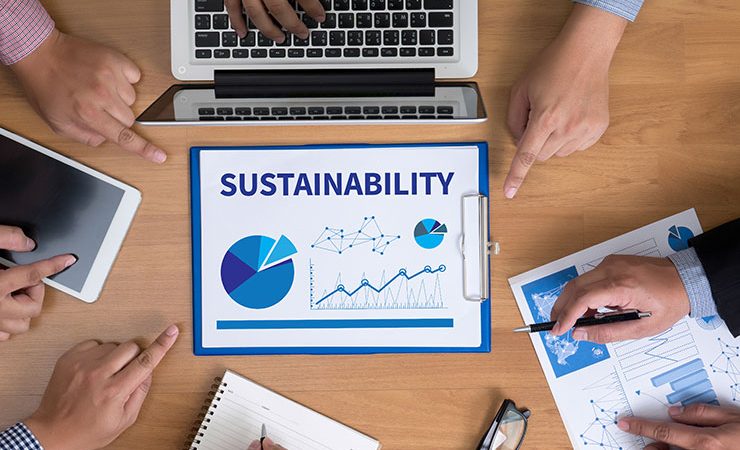Sustainability reporting is a big deal for brands who buy a lot of print, especially those serving consumers. Those brands need a lot of packaging for their goods, much of it plastic and too little that is recyclable, so anything positive they can shout about is a plus, writes Laurel Brunner.
The big brands tend to write their own sustainability reports with an eye on their shareholders and customers. There is little consistency in what gets reported and what does not, however. The general rule seems to be to brag about the positives and ignore the not-so-positives. This results in lots of variation in reported data
So should we read corporate sustainability reports with a sceptical eye? Or should we be happy that there is a commitment to open sustainability communications at all? Is it just cosmetic greenwashing, or are these reports truly informative roadmaps that companies intend to stick to? Probably the answer is somewhere in the middle, although there are stand-out examples at both extremes (the egregious abuser that is Asian Pulp & Paper springs to mind).
The difficulty with sustainability reporting is that companies know they need to do something, so they are keen to shout about comprehensive commitments. Mostly those commitments are to things that also benefit the business and do not cost too much to implement, like improving energy efficiency. But there is also an incentive to tick as many green boxes as possible because that plays well in the market.
Many large printing and publishing companies are starting to understand that sustainability reporting is becoming an expectation. They are consequently publishing sustainability reports and setting targets. But there is no formula for what should be specified in an environmental report, and within printing and publishing there is no means of fairly comparing sustainability reports like for like. What is needed is a reporting model that focuses on driving change in supply chains, encourages good practise and moves the sector closer towards a circular economy.
The graphics industry is working to transition to a low carbon economy to meet the needs of print buyers with robust environmental, social and governance (ESG) policies. These are developed to meet the expectations of consumers and citizens, to help companies move towards net-zero, and to reflect United Nations Sustainability Development Goals (UNSDGs).
A standard way of reporting the printing and publishing industries’ environmental aspect and impact data would provide a toolkit that encourages improvements to the environmental footprint of their businesses and supply chains over time. This helps us all move closer to net zero.
This article was produced by the Verdigris Project, an industry initiative intended to raise awareness of print’s positive environmental impact. This weekly commentary helps printing companies keep up to date with environmental standards, and how environmentally friendly business management can help improve their bottom lines. Verdigris is supported by the following companies: Agfa Graphics, EFI, Fespa, Fujifilm, HP, Kodak, Miraclon, Ricoh, Unity Publishing and Xeikon.





